About the ancient well
Due to many impacts of climate, weather, natural and social conditions and especially wars, Dai Viet-Champa, Trinh-Nguyen, then anti-French, anti-American, Quang Binh land suffered from smoke, fire and bombs, and shared the same fate as the above-ground structures, the ancient well system here is mostly not intact as it originally was.
On the other hand, the ancient well system is a civil and practical construction that is always closely associated with the daily life of the community. Therefore, in order to adapt to the economic and social situation and best meet human needs, some wells have been renovated, restored, and embellished in part, changing their materials, size, structure, and appearance. Some other wells have been abandoned because they are no longer in use.
However, currently in the province there are still a large number of ancient wells that remain intact and are being well promoted in the economic, cultural, tourism and spiritual life of the community.
More than 100 ancient wells are still existing and promoting their value in the villages in Quang Binh, bearing typical and diverse characteristics in architecture and construction techniques of various types of wells, which are evidence of a valuable heritage. The four Cham wells in Phap Ke, Quang Phuong commune (Quang Trach) as well as other Cham wells in Quang Tung, Quang Phu (Quang Trach), Thanh Trach (Bo Trach), Mai Thuy (Le Thuy)... are the remaining heritages of the Cham people in Quang Binh, which have been inherited, restored and embellished by the Vietnamese people several times.
According to the late professor Tran Quoc Vuong, the Cham people are very experienced in finding water sources to dig wells for daily life and production.
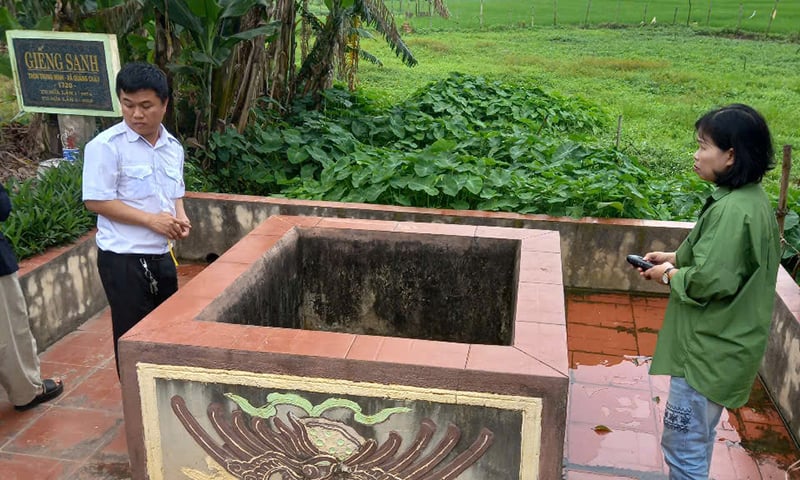 |
The ancient well system is a water exploitation project of the Cham people or the Vietnamese people using Cham techniques in Quang Binh. It is very rich and diverse depending on the terrain, geomorphology and ecological conditions.
That is, if the ancient wells are located in coastal areas with sandy soil, the bottom of the well is mostly made of ironwood or pearl wood, followed by stones, which can be boulders or stone slabs, followed by bricks. These wells are mainly located in coastal villages of Quang Trach and Bo Trach districts, such as: Di Luan, Xuan Kieu, Thanh Khe, Ly Hoa...
Some other wells located in the hills, midlands, and riverside areas also have wood placed at the bottom of the well, followed by laterite and brick construction, so the water is very clear. There are also some more unique wells that are not built with bricks lying down but with bricks standing up, so the bottom of the well is very sturdy and difficult to collapse like wells in coastal sandy areas.
The ancient wells are all located in residential areas or near residential areas and all have beautiful natural landscapes, with banyan trees, water wharves, communal house yards, banyan trees, cua trees, coconut trees... providing shade, next to traffic routes, at the village entrance or in the village center, where villagers gather every night when the moon rises, where many people meet when they go to get water...
Based on the terrain and the mountains, people have made suitable wells. In addition to the type of wells dug by exploring and discovering underground water sources (both Cham and Vietnamese people), the type of wells that are self-erupted by underground water sources are also used by people such as the Vot well in Tien Hoa (Tuyen Hoa), the Con Ca well in Vo Ninh (Quang Ninh), the Ruc Ba Nuong well, the Boi well in Cau Loi village, Xuan Hoa commune (Minh Hoa), the Boong well in Xuan Lai village, Mai Thuy commune (Le Thuy), the Bun well, Quang Chau commune (Quang Trach)... the materials and architecture are also very diverse and rich according to the regulations of the land and soil of each locality.
Unlike ancient wells in the North and South, ancient wells in Quang Binh mainly have basic structural shapes, which are square wells, wells with a square bottom and a round top, wells that are round from the bottom up, and also have square walls but a round well bottom. Depending on the regulations of the land and water source, ancient wells can be pond wells, containing rainwater such as Van well, Ho well in Hien Loc (Duy Ninh, Quang Ninh), with diameters up to 12 and 15m, well walls built of earth. Most of them have geysers, these wells were left by the Cham people and the Vietnamese continued to restore and use them.
The architecture of ancient wells has special cultural and religious significance. The shape of the well is diverse, sometimes round from the bottom up, sometimes square at the bottom and round at the top, sometimes round at the bottom and square at the top, sometimes square from the bottom up...
The structure includes the well wall, the well bed and the well bottom. The bottom is sometimes lined with wood, sometimes not; the well bed is the part that holds the water, usually built of stone or brick; the well wall is sometimes built of stone, sometimes of brick, or even of earth; the type of earthen wall is mostly a well pond, containing rainwater.
Ancient wells in Quang Binh were born and existed for thousands of years. In the past, ancient wells were the main source of water for the whole community and tourists from all over the world, such as the ancient wells in Quang Phu, Canh Duong (Quang Trach), foreign merchant ships often stopped to get fresh water on long journeys at sea.
Ancient wells are closely associated with cultural life.
The ancient well in Quang Binh, like the ancient wells of the Vietnamese in general, is the heart, the eye, the soul of the village. They believe that wells also have souls, have gods, so every ancient well has an altar or a solemn shrine next to it. The four Cham temples in Phap Ke, Quang Phuong commune all have shrines and altars. Every year, the village organizes well dredging twice (the first time in the 5th lunar month to prepare for the Ky Phuc ceremony and the second time in the 12th lunar month to get clean water for Tet). When dredging the well, if the water flows evenly on all four sides, it is good, but if the water flows less in one direction, the elders organize a ceremony to pray for the flow to be cleared. If the flow is clear, the descendants will be lucky.
Next to the ancient well is a group of wandering souls, commonly known as the village's Co Dan. Therefore, every year on the 14th day of the first lunar month, people from the villages clean the graves of the unclaimed ones and prepare a tray of offerings to bring to Co Dan to worship the wandering souls who have no one to worship them. This is a precious custom of the local people associated with the ancient well.
Even the Dong well in Bac Ha, Quang Tung commune (Quang Trach) has a temple covering the ancient well, a large altar, a well cover, and a clean environment around the well. Some villages use well water to make tea or to replace water on the ancestral altar such as Sanh well, Quan well in Tho Ngoa, Quang Thuan (Ba Don town)...
In addition to providing fresh water for daily life and agricultural production, ancient wells also have special cultural and religious significance in regional communities for generations, and are considered symbols of life, prosperity and sacredness.
Nicholas Tse
>>> Lesson 2: Preserving and promoting the value of ancient wells
Source: https://baoquangbinh.vn/van-hoa/202506/mach-nguon-gieng-co-bai-1-gieng-co-trong-doi-song-van-hoa-lang-xa-2226994/







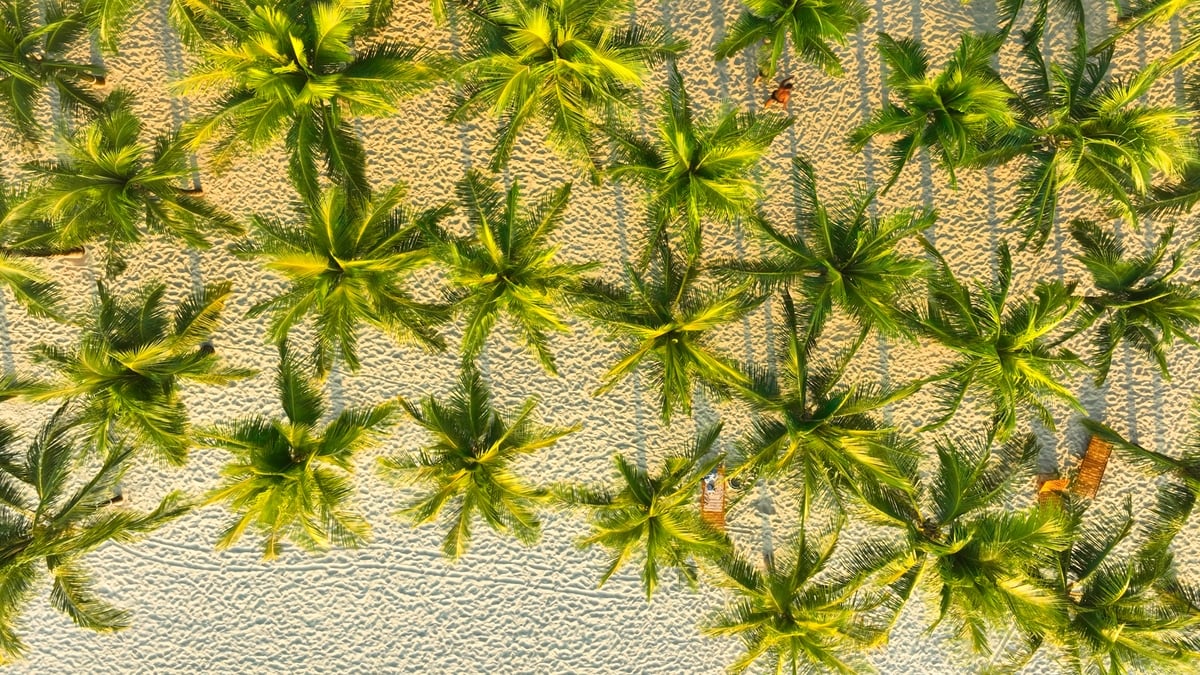


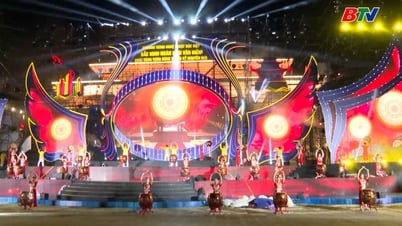




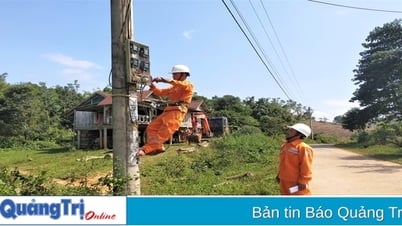






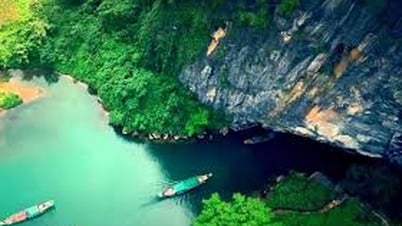

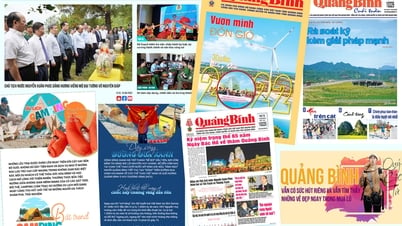
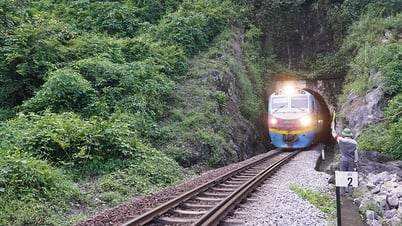
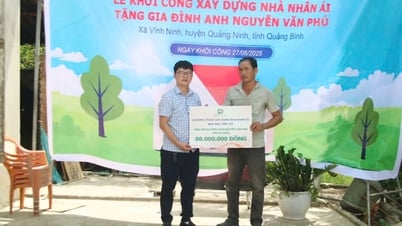
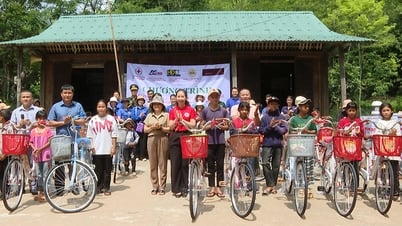
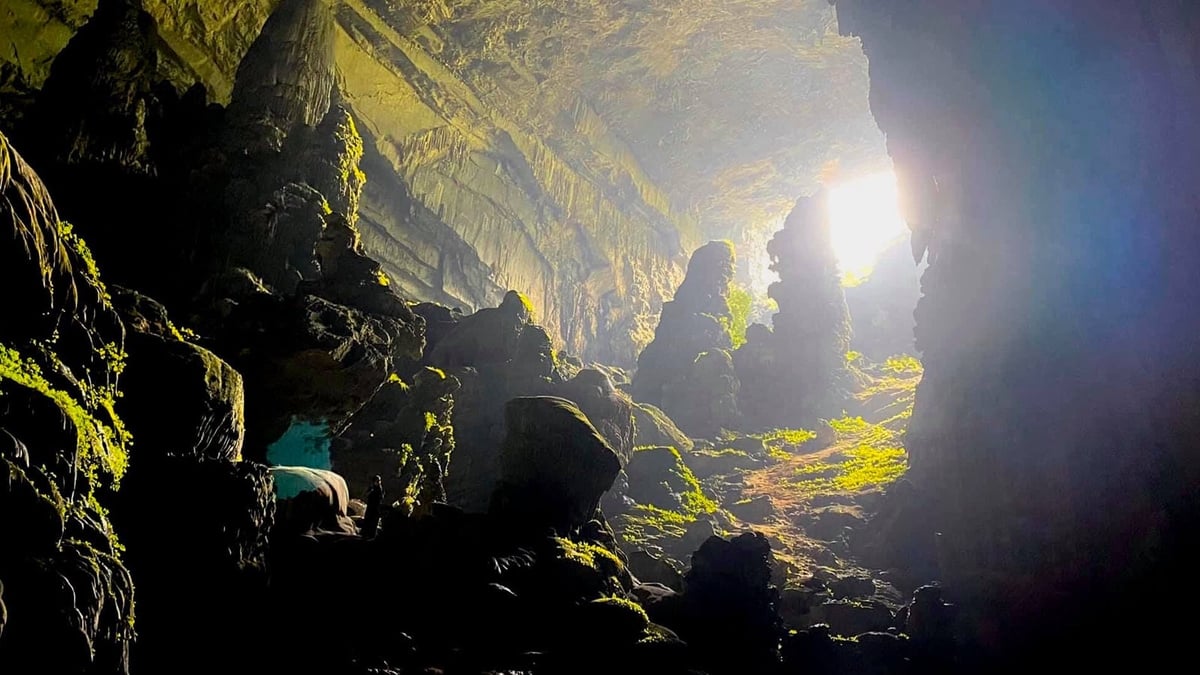


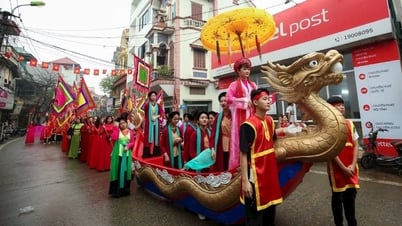

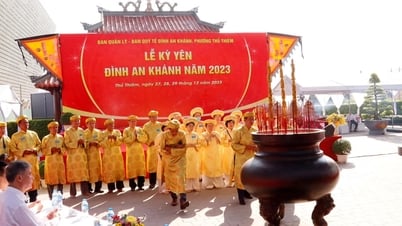

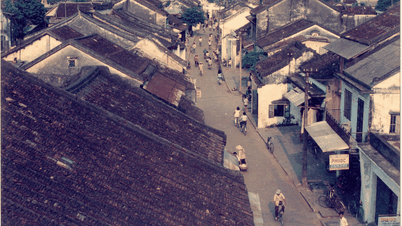
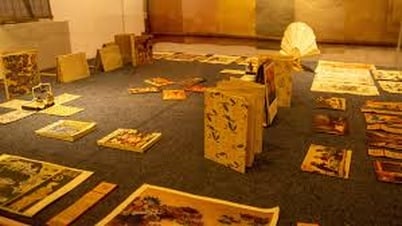

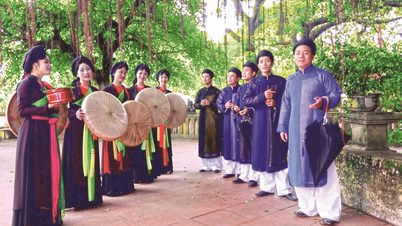

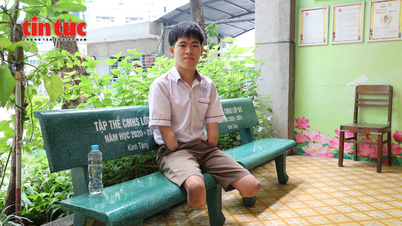

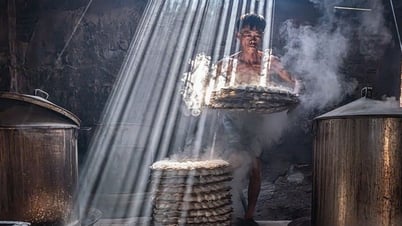



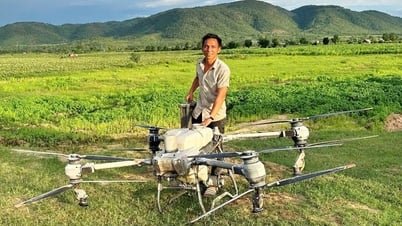

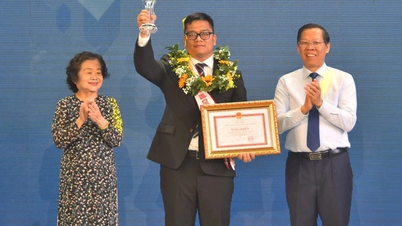






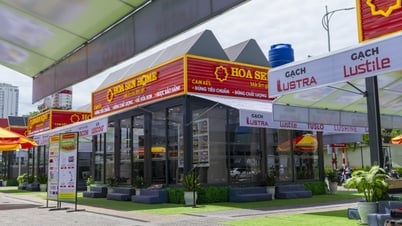










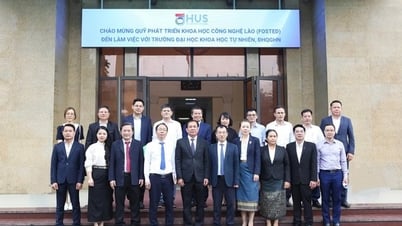






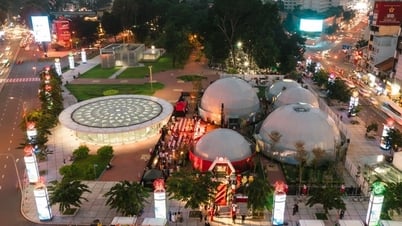
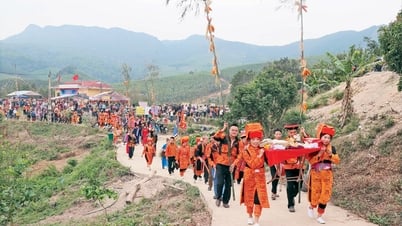


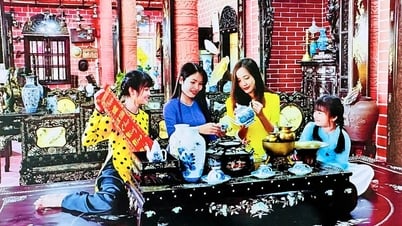
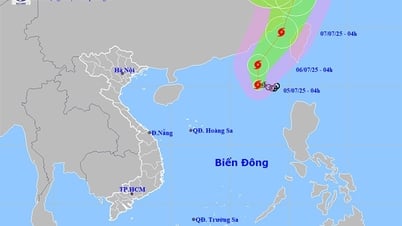



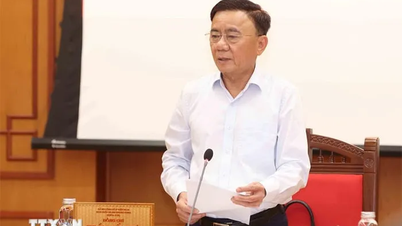

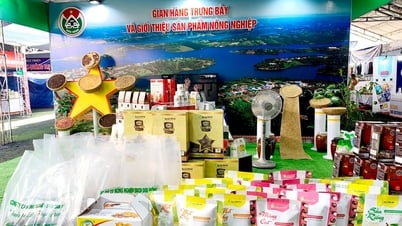


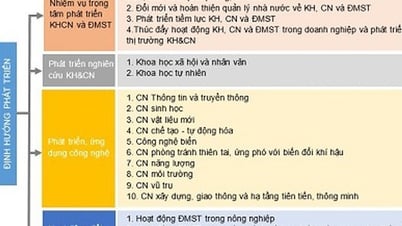





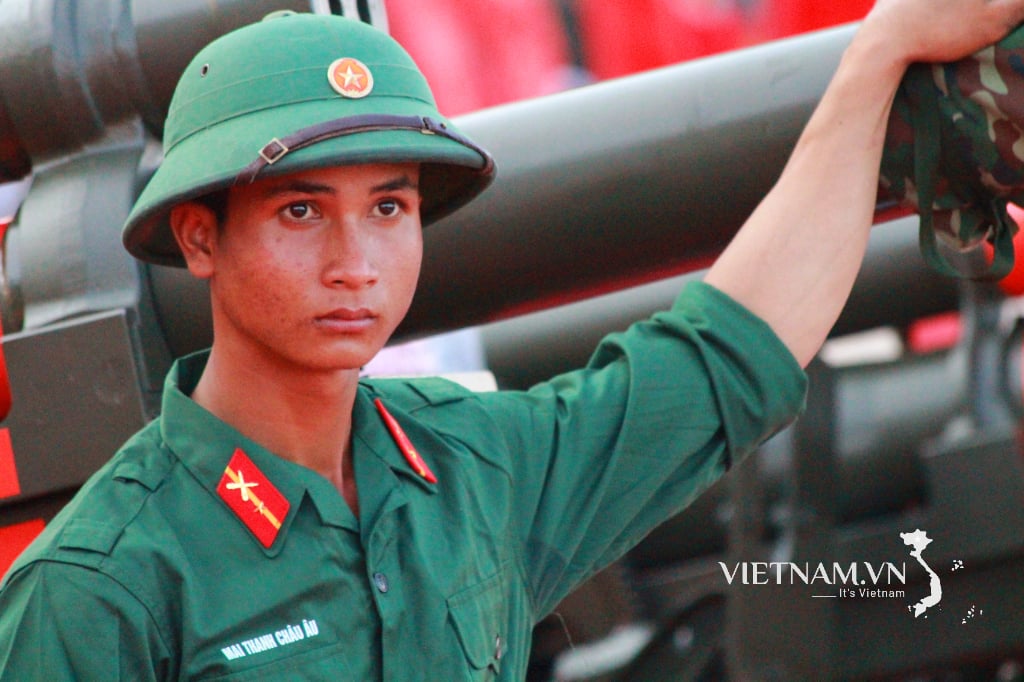
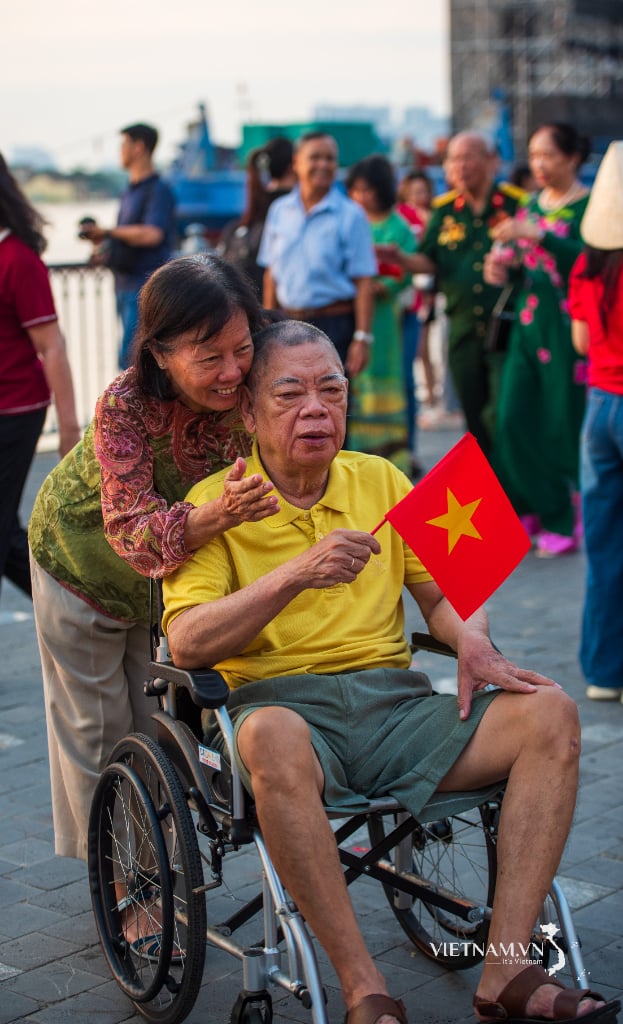
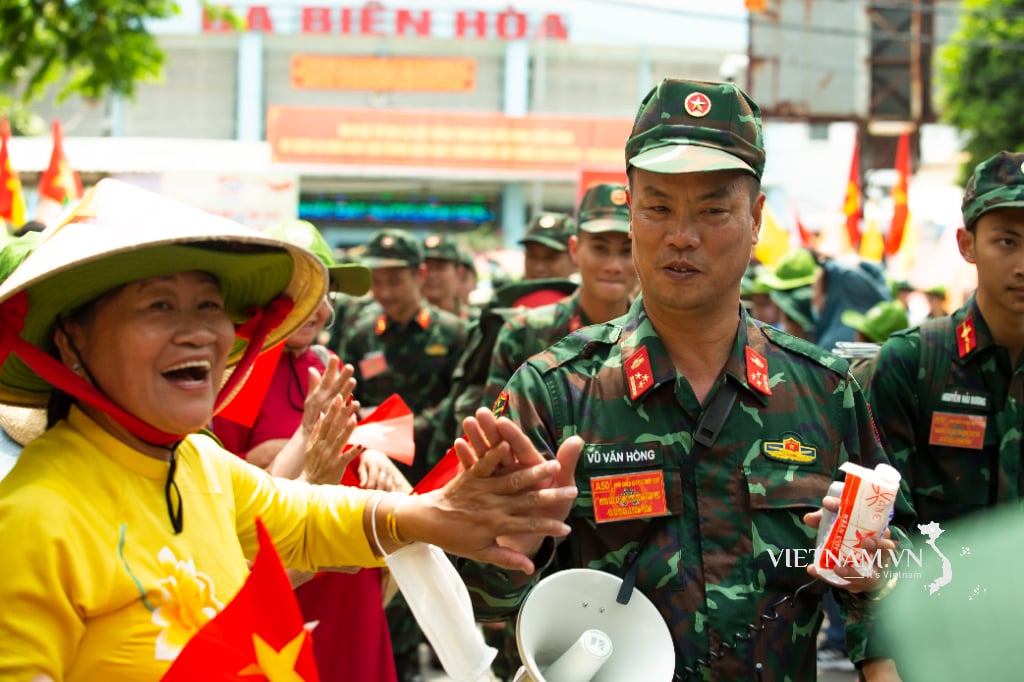

Comment (0)